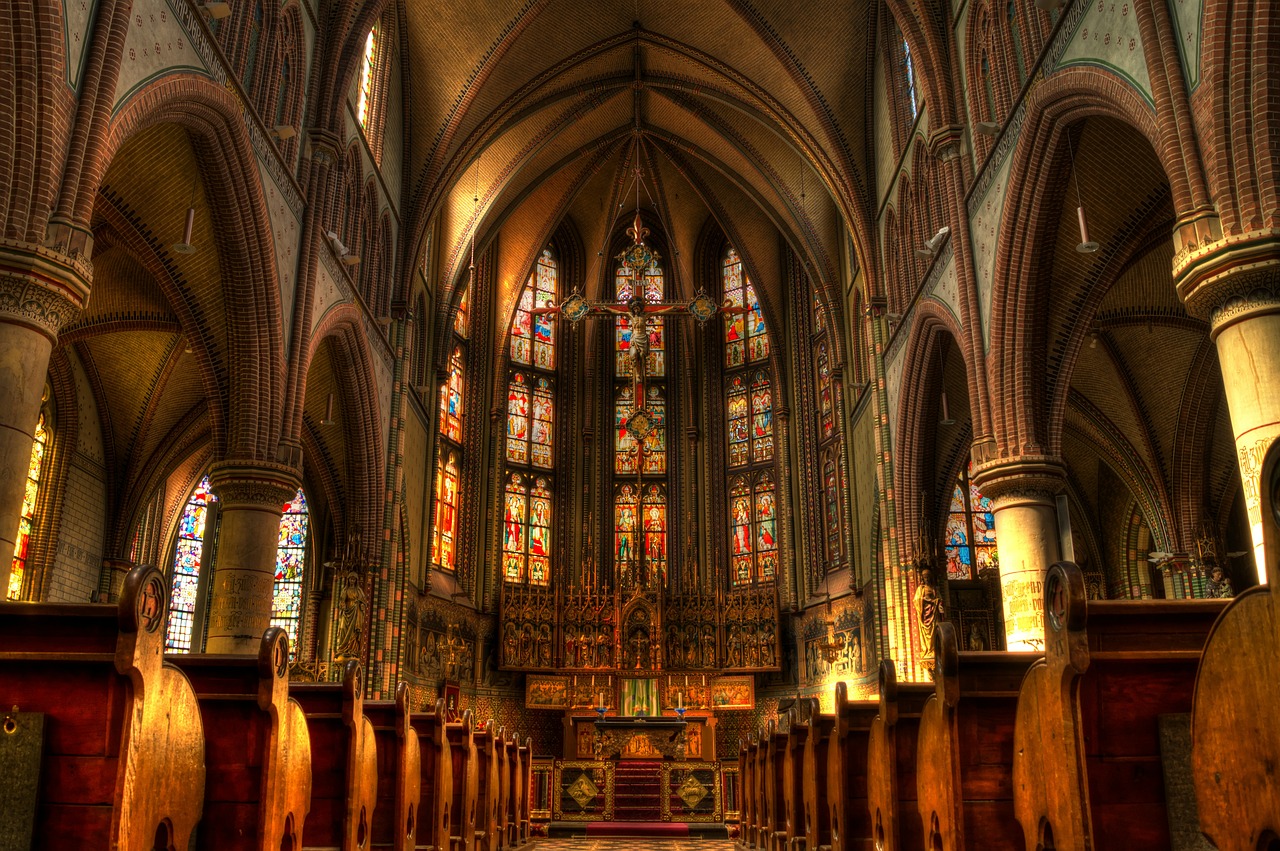In the latest iteration of that interminable meme beloved by traditionalist conservatives everywhere, “Everything is terrible because of Protestantism” Peter Leithart has argued that Protestants cannot write because of our impoverished theology of the sacraments. His argument, particularly in part two, actually does become more complex than his “gleefully reductionistic” title would suggest, but the primary argument Leithart is making is that a memorialist view of the sacraments necessarily creates an impoverished imagination incapable of producing great art.
Login to read more
Sign in or create a free account to access Subscriber-only content.
